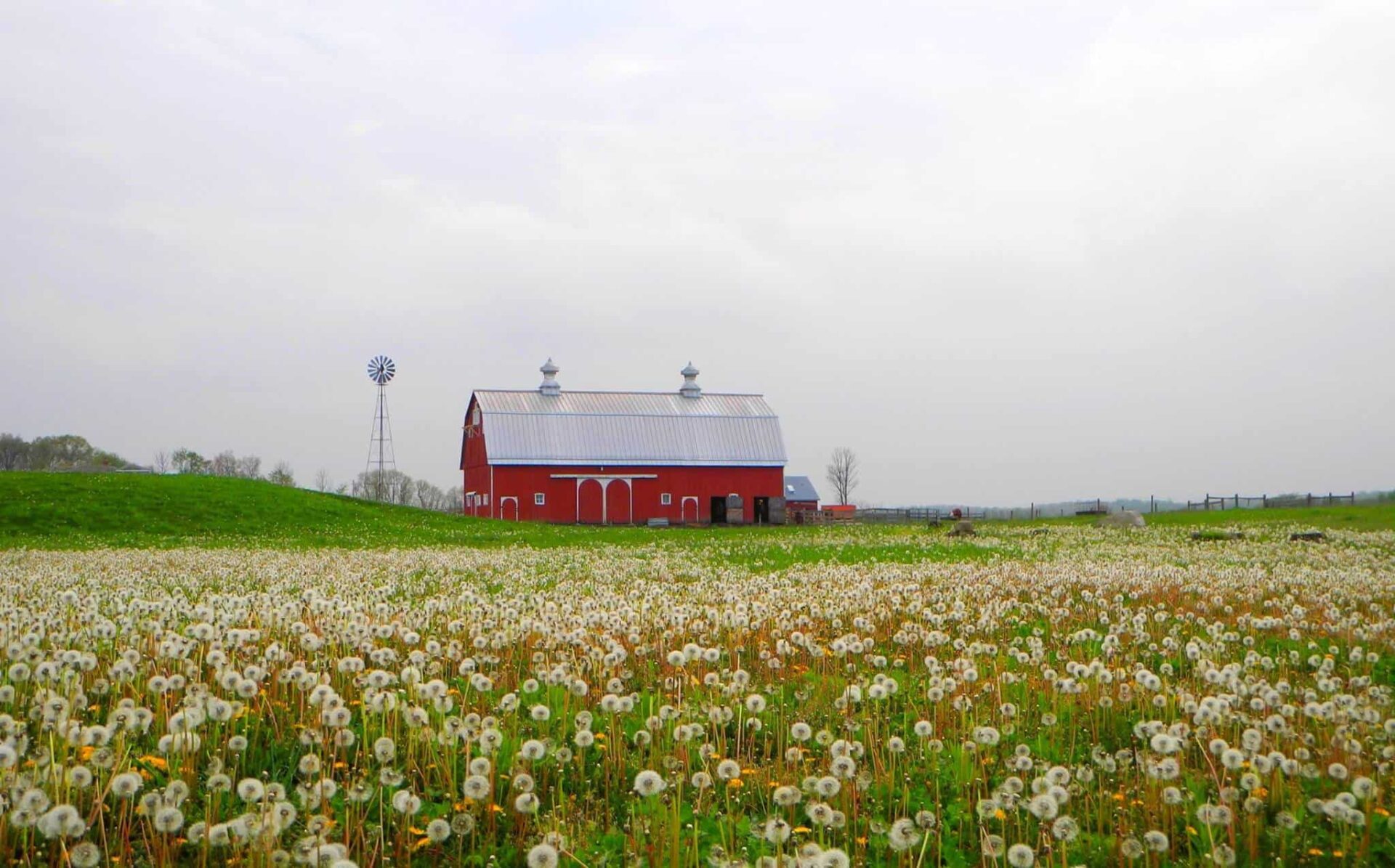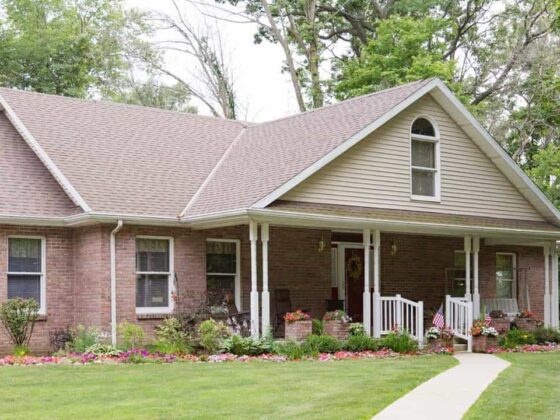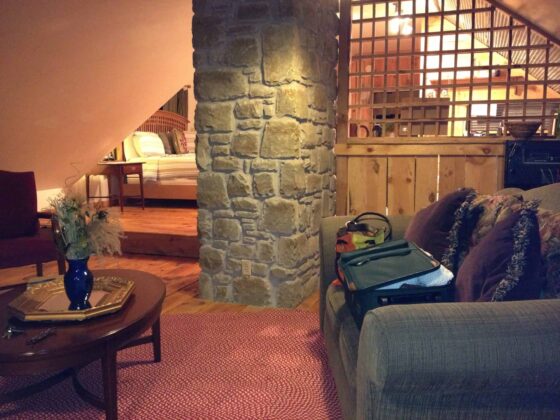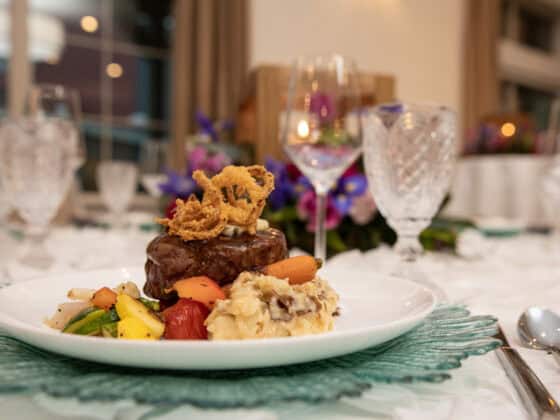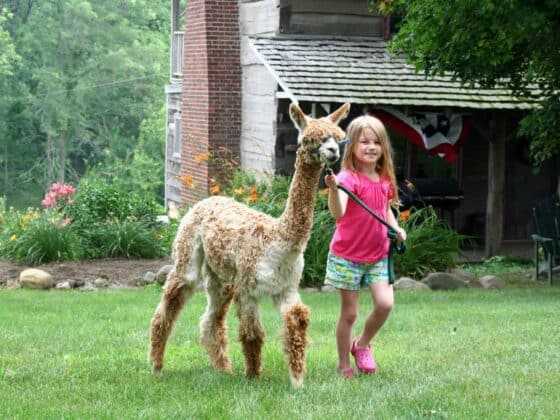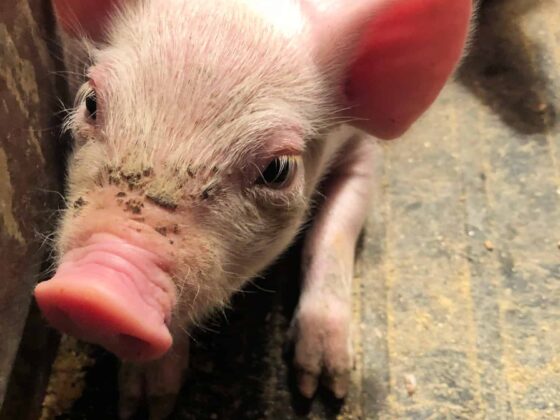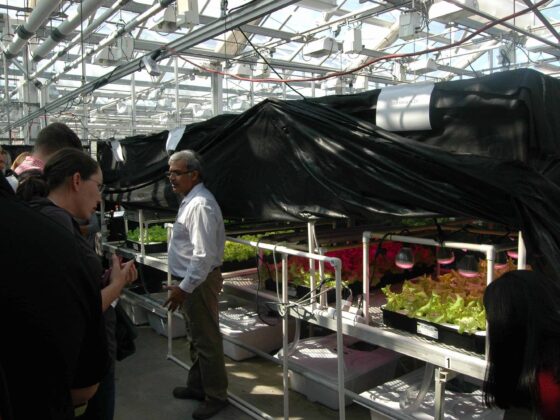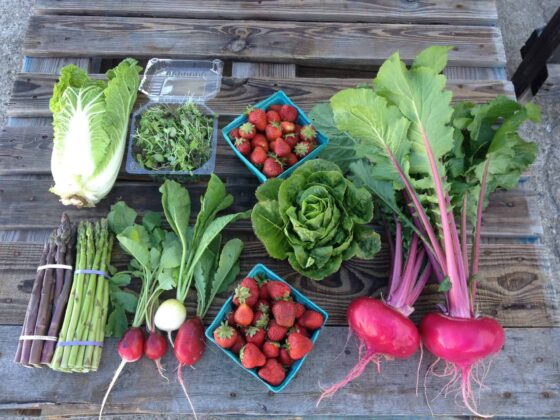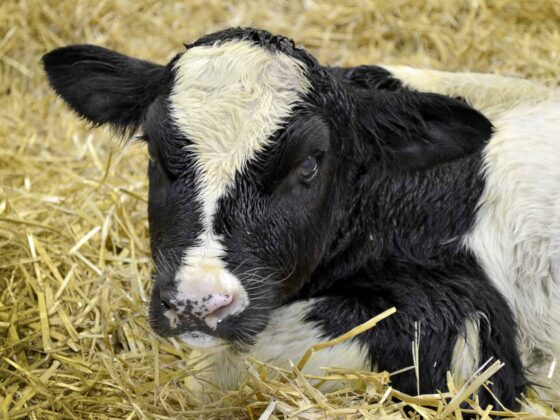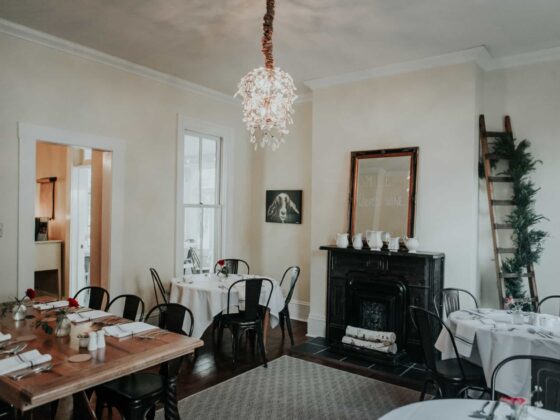By Kevin Howell
Situated on 95 acres amidst reclaimed Indiana prairie land in Prophetstown State Park, The Farm represents a typical 1920s Indiana homestead.
It was a time when homesteaders grew produce in farmyard gardens, raised a few cattle in the pasture, and a batch of hogs in a barnyard pen.
Partnering with the Indiana Department of Natural Resources and its focus on Native American culture of early Indiana and restoring prairies native to the area, it’s the task of Farm director, Leslie Martin Conwell, to highlight early 20th century farm life for visitors.
“It’s a partnership that works really well,” said Conwell. “Right now we are interpreting the agricultural aspect of it, and the DNR is doing the Native American interpretation and the prairie, which is a natural fit for the DNR. So we’re at a point now where we (the Farm) do what we do best.”
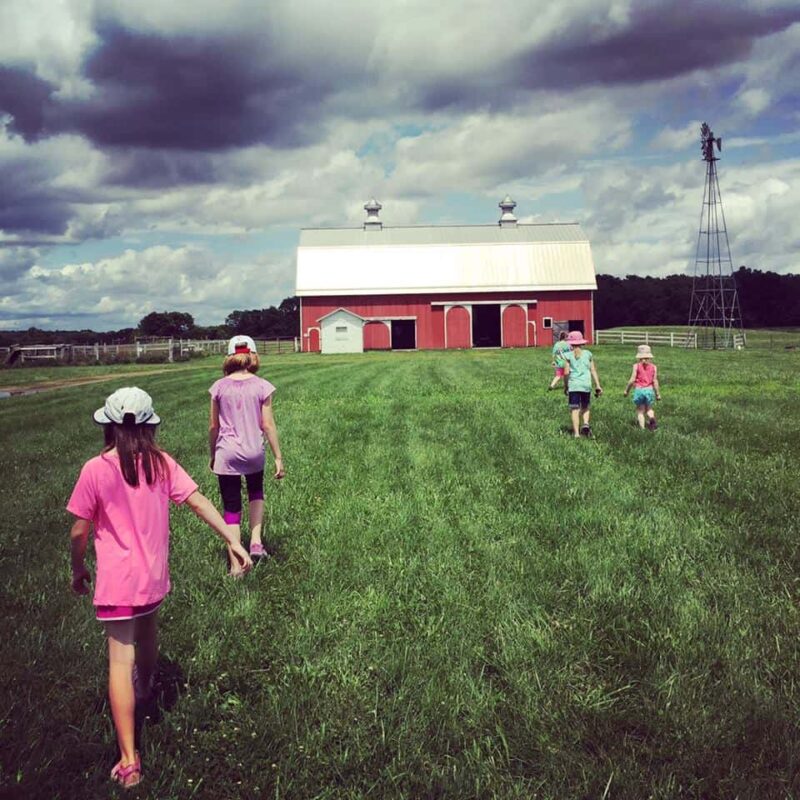
The Farm–a non-profit organization officially The Museums at Prophetstown–highlights four main aspects of family farming: sustainable agriculture, homesteading, heirloom gardening, and farm-to-table cooking.
Besides raising livestock and produce on The Farm as demonstrations for the public, The Farm serves special meals incorporating those foods–varieties common in the 1920s, and free of additives, hormones, and antibiotics in the meats.
The Farm also conducts classes that help visitors learn more about growing, cooking and preserving homegrown produce.
“What we do is demonstrate historical agriculture and you’ll see that with our heritage breed of animals,” Conwell explained.
“We have people coming to us to learn how to do things so they can replicate it in small ways with their families. This is huge for us right now, you could call it the homesteading movement if you will.”The growing interest in local foods, knowing where the food you eat comes from, has had an influence on how The Farm interprets sustainable agriculture.
“People are wanting to recreate how the family farm was in the 1920s, which is multi-species.”
Examples of heirloom–dating back 50 years or more–farm animals and produce are in every area of The Farm. The Hereford cattle breed dates back 300 years or more and was popular in Indiana. Berries growing in the farmyard include gooseberries, elderberries, and raspberries common in the state. Hogs raised for pork on The Farm are Berkshires, another popular 1920s breed, as are the chickens, sheep and other animals.
The Farm also supports a few rescue horses used in demonstrations, and two miniature horses. Farm children were trained with the smaller version of workhorses in preparation to taking the reins of working farm horses.
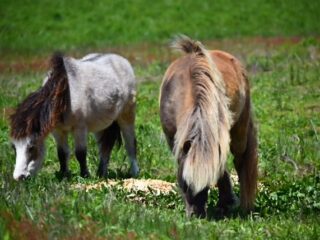
The Farm’s products are for sale, and priced reasonably for visitors.
“When we price our food, we want to support our main demographics which are young families–where some markets charge $9 per pound, we sell hamburger for $5,” Conwell noted.
To demonstrate preparation of homegrown produce, The Farm brought former executive chef Lauren Reed on board. Reed handles farm-to-table cuisine for the special meals.
“I love being able to make dinners for The Farm,” Reed said. “It is a great way to showcase our products and to get people interested in the local foods movement. I am very proud of our high quality meat and eggs, which truly enhance the meals.”
Reed’s official title is Events and Education Coordinator, and her new position has added to her culinary experience.
“The Farm was the perfect fit. I have learned so much about animal care, 1920’s history, homesteading, crops, customer service, teaching, working for a non-for-profit, and the importance of knowing where food comes from.
“It’s exciting to see families who have an interest in homesteading and who care about the food they are consuming,” she said.
The Farm has seen a significantly growing interest in recent years from visitors, many coming to take tips from family farming of the 1920s to meld with 21st-century living.
To learn more about The Farm and what it offers in the way of demonstrations, classes, and other events check out: prophetstown.org, or FarmatProphetstown on Facebook.


